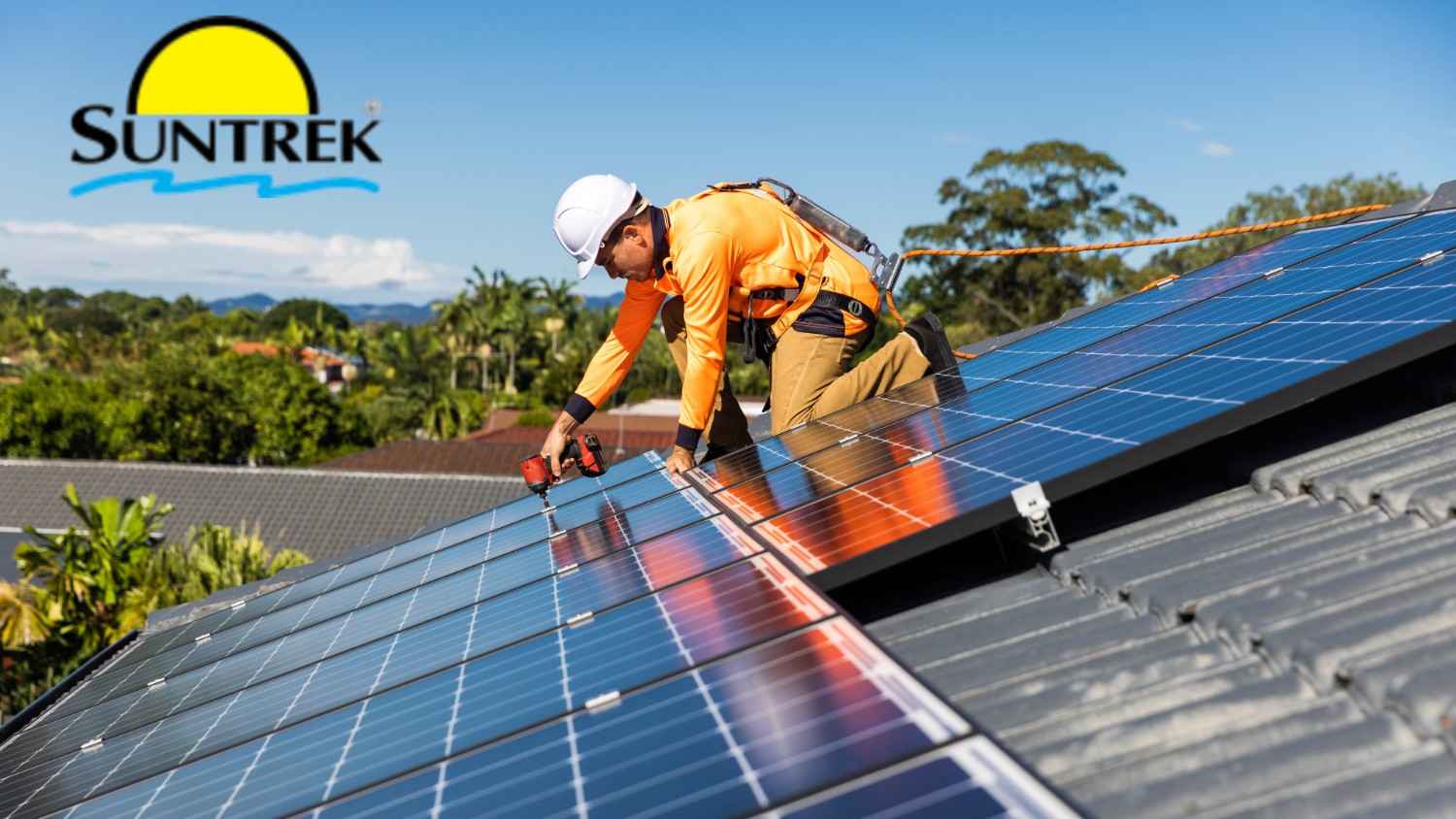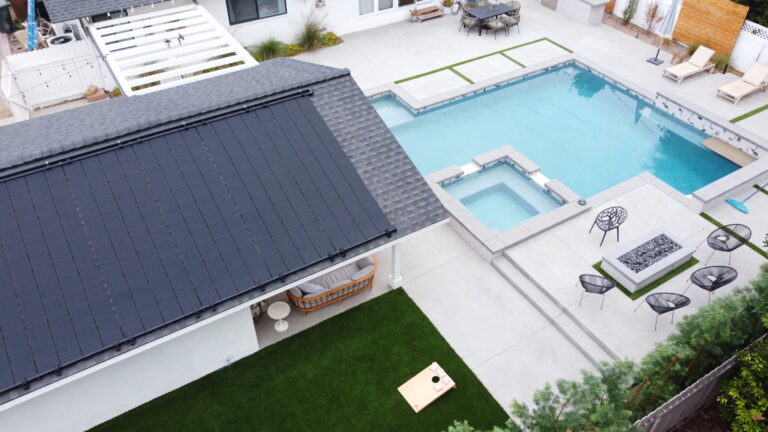
When installing solar, how the system is secured to your roof is one of the most important decisions. A proper attachment method ensures durability, watertight protection, and long-term performance. At Suntrek, we select the right attachment system for your roof type and installation needs — so your solar system looks clean, performs reliably, and protects your home.
Below are the most common methods we use, and when they are best suited.
Asphalt Shingle Roofs – IronRidge FlashFoot²
- How it works: A sealed flashing slides under the shingle, with a reinforced lag bolt into the rafter.
- Why it’s best: Designed specifically for asphalt shingle roofs, this system prevents leaks and distributes loads evenly.
- Best suited for: Standard residential homes with asphalt shingles.
Tile Roofs – Pegasus Scissor Mount (Tile Replacement)
- How it works: Removes a tile and replaces it with a waterproof flashing-and-mount assembly, leaving the tile intact as a spare.
- Why it’s best: Ideal for fragile clay or Spanish tiles, reducing breakage and keeping extra tiles on hand for future repairs.
- Best suited for: Clay or concrete tile roofs, especially older or brittle installations.
Stone-Coated Steel & Tile Roofs – QuickBOLT and Unirac Tile Hooks
- How it works: Specialized hooks or fasteners secure the system while lifting or adjusting the tile slightly.
- Why it’s best: Provides a watertight, low-impact solution where flashing replacements aren’t practical.
- Best suited for: Stone-coated steel roofs, or tile applications where hooks are the most efficient option.
Flat Roofs – Q Base and Fast Jack
- How it works: Anchoring systems designed to be integrated with new roofing or re-roofing projects, creating a strong, waterproof connection.
- Why it’s best: Combines solar mounting with property waterproofing for long-lasting roof protection.
- Best suited for: Flat roofs, especially during a re-roofing project.
Standing Seam Metal Roofs – S-5! Clamps
- How it works: Clamps grip directly onto the roof’s standing seam without penetrating the metal.
- Why it’s best: Zero penetrations mean no compromise to roof warranty or integrity.
- Best suited for: Standing seam metal roofs where watertight protection and speed of installation are priorities.
Flat Roofs – Ballasted Racking Systems (IronRidge or Unirac)
- How it works: Uses weighted ballast blocks to secure panels in place rather than penetrations.
- Why it’s best: Greatly reduces or eliminates the need to drill into the roof while maintaining system stability.
- Best suited for: Large, flat commercial or residential roofs that can accommodate the additional ballast weight.
Why Attachment Matters
Every roof is unique — and so is every solar system. The right attachment method:
- Protects against leaks and weather damage
- Preserves roof integrity and warranties
- Ensures safety and longevity of your system
At Suntrek, we evaluate your roof type, structure, and condition to recommend the best attachment solution. With decades of experience across thousands of installations, we make sure your solar investment is built to last.



